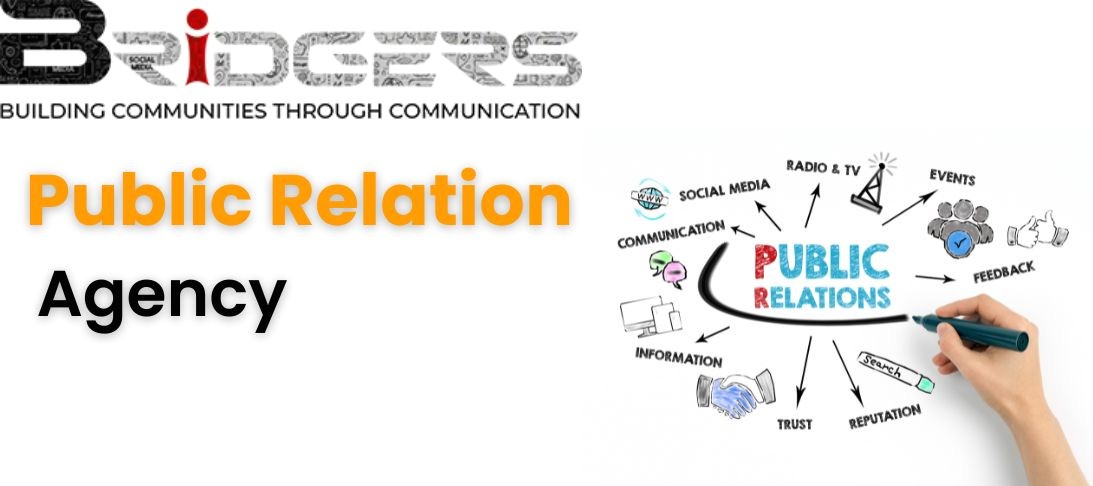

3 PR strategies for startups growing
Founders tend to overlook the importance
of Public Relations whilst establishing a startup. However, in the 21st
century where digital media and Artificial Intelligence (AI) create and drive
narratives instantaneously about everything, the role of PR becomes critical
for the success of each bootstrapped startup in their journey to become an
unicorn.
The success of every business rests on how well perceived
a company or its idea is to the general public. It is either done by consumers
and competitors, often in a negative light, or through strategic decisions
taken through the brand itself. Most of the time, the former ends up in a
crisis situation. However, the latter offers unlimited benefits and a specific
narrative associated with a brand. Take Microsoft for an example. Millions of
people worldwide use the word ‘PC’ to describe their private computers.
However, the term was first coined by Microsoft itself, and described its
unique products of desktop computers while Apple’s computers were simply known
as “Mac”.
There are other examples of the same as well. Colgate
becoming the dentists' preferred recommendation, or Xerox becoming synonymous
with photocopies — the role of public relations
has been critical in every possible scenario. Brands not knowing the importance
of PR have also adopted this PR strategy
sooner rather than later, rather than letting their peers, competitors or other
stakeholders describe them. But all that has changed in the last decade with
the advent of digital media and AI — powerful tools that can shape or damage a
brand’s reputation within a fraction of a time.
PR is not
issuing press releases
Many believe that PR is about timely press releases to
the media. However, that notion is as backdated as Aristotle’s Linear Theory of
Communication in front of Harold Lasswell’s contemporary theories. Why? Think
for a second. When a business is issuing a press release, it is one of
thousands issued on the same day. For a startup, what makes it stand out from a
crowd so the media outlets decide to carry it? The answer lies in two words — Public Relations.
PR is the craft by which startups can establish a
meaningful dialogue with their stakeholders, including the media outlets. The
sole objective of PR professionals
is to create a narrative that describes a brand in a positive and favourable
light while setting up counter-narratives to stories or gossip that negatively
highlight their clients. It is also a continuous process and begins with
creating awareness of the business and creating a target audience, to whom its
products or services will be helpful. Today’s digital media drives this
narrative through paid SEO (Search Engine Optimization), with the drawback
being a limited shelf life. This is how PR trumps the impact of paid SEO, by
garnering organic narratives through productive interactions. An industry story
mentioning a brand’s name and why its services are disrupting the domain with
innovation and originality tends to attract more consumers than the top search
appearance for a limited time on Google. The reason is simple, human curiosity
and inventiveness. Similarly, numerous strategies can be applied by a
bootstrapped yet growing startup at the beginning of its journey to stay ahead
of multinational corporations that offer similar products and services.
3 PR strategies
for growing startups
The importance of PR strategies is
not only in driving sales or creating perception. It is a strategic
communication effort that is planned to impact and influence the general public
view in response to a particular brand. A productive PR campaign
can attract new talents, and enhance visibility and exposure whilst improving
customer retention. These are 3 critical PR strategies
that can be adopted by bootstrapped startups in their journey to become
valuable unicorns.
Setting a goal
Businesses looking to deploy PR
strategies need to think about why they are looking for PR before they
begin. Founders and other boardroom members need to come up with an answer to
why they want to initiate PR initiatives and what is their end goal. This is
because brands often have little idea or too much of it regarding what they
want from a PR campaign.
For example, a PR campaign
that was designed to enhance the identity and brand perception will be
ineffective in driving sales numbers. Another PR campaign
that was developed to encourage fundraising, cannot garner attention for a
product launch. This is primarily because the narrative of PR
campaigns is often distinctive and needs to be determined based on
requirements and target audience specifically. In the second campaign, where
the motive is to invite investments, the target audience is a particular
investor community who have little to no interest in the glitz and glamour of a
product launch event. This is why setting an end goal remains critical for
startups.
Data-driven
strategic analysis to target audiences
There is a saying that In the 21st century, data is the
new gold. The notion applies to PR as well and in the most unexpected way
possible. In today’s AI-driven digital world where narratives are drawn up and
change instantaneously, data is collected from a click of a button or stopping
at a particular video. When a discussion regarding skincare products ensues,
digital media channels go on over time to display similar products to the users.
Every click, scrolling and stoppage time is translated to data to create a
strategic analysis of particular audiences. By using the same data points to
target specific audiences through PR, a startup stands to win over a community
of individuals and turn them into retainer clients. The technology to avail
these data is highly accessible and often free, which means no significant
expense is associated with this development, giving startups a sustainable
solution.
Crisis
Management
Statistics say that 90% of startups are faced with at
least one crisis in their first year of existence, and most of them do not
survive past a decade. While developing a productive PR strategy
for a bootstrapped startup, a robust crisis management
protocol is critical for the business to survive. Startups can face numerous
types of crises during their initial stage — from fund crunch, product failure,
employee dissatisfaction and even natural calamities. To counter these crises,
potential problems need to be identified well ahead of time, and a protocol to
limit its impact needs to be created. For example, in times of fund crunch that
lead to the business’s inability to credit salaries, a robust PR strategy
needs to be initiated so the situation doesn’t lead to employee dissatisfaction
and a drop in performance. This can be done both internally and externally,
depending on the requirement but offers the benefits of sustaining a brand and
eventually reaching the pinnacle of its success.
Most Popular Blogs
Newsletter
Categories
Related Articles

How PR is Transforming with the Emergence of Reels and Social Media
15 December 2025 / Admin
5 Reasons Why Investor Relations is Important for a Successful IPO
22 September 2025 / Admin
Transformative Impact: Role of PR agencies in Delhi in reshaping India’s PR landscape in 2025
01 February 2025 / Admin
Revolutionize Your PR: Strategic Campaigns that Drive Success
19 December 2024 / Admin
Busting Myths: PR is not a sales machinery nor a tool to make you viral
08 August 2024 / Admin
Why startups should avoid influence of AI in their PR efforts
16 July 2024 / Admin
How Indian startups can maximise the ROI of their PR budgets
02 July 2024 / Admin



